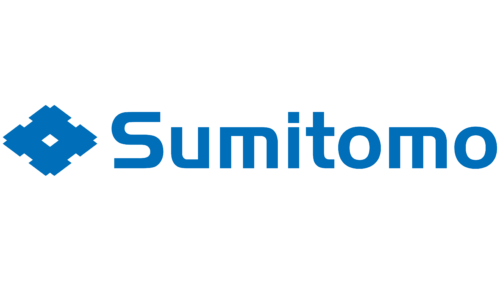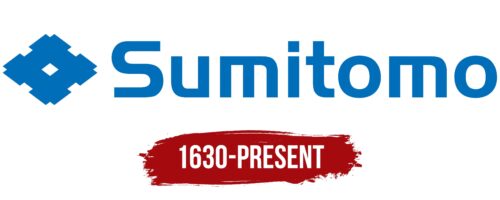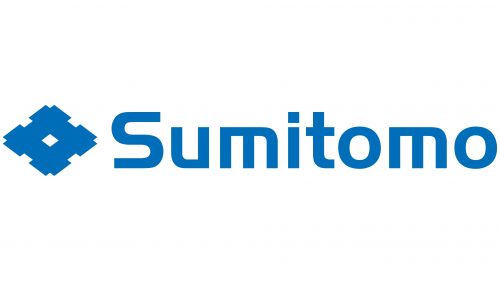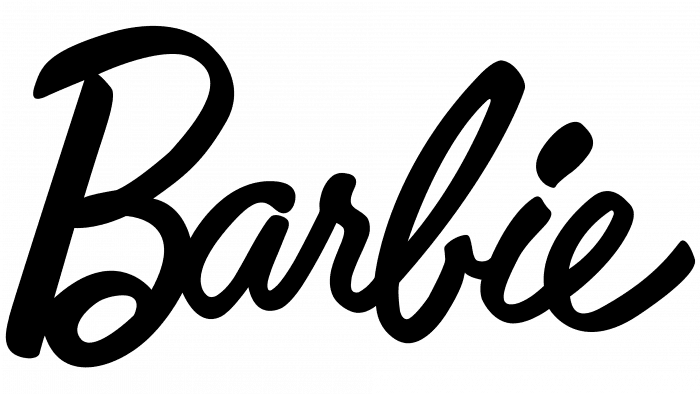Sumitomo: Brand overview
Sumitomo, a well-known Japanese conglomerate, dates back to 1615, making it one of the oldest companies in the country. Its inception is attributed to the initiative of Masatomo Sumitomo, who opened a small bookstore in Kyoto during the Edo period.
Over the centuries, the organization has expanded and transformed considerably. Originally a small bookstore, Sumitomo gradually entered numerous industrial sectors such as banking, insurance, metallurgy, machinery, chemicals, and electronics. Sumitomo’s transformation into a leading industrial group is a testament to its adaptability and innovative spirit.
The conglomerate now has more than a thousand companies and subsidiaries, signaling its significant growth. Among them are Sumitomo Mitsui Financial Group, Sumitomo Metal Mining, Sumitomo Chemical, and Sumitomo Corporation, some of the major enterprises that play an integral role in the Sumitomo Group.
The Sumitomo Group has made a significant contribution to Japan’s economic prosperity, and its influence is not limited to the country’s borders. Headquartered in Tokyo, the company operates globally, employing more than 200,000 people.
In 2021, the conglomerate’s revenues exceeded $63 billion, a testament to the strength and scale of its operations. Sumitomo’s impressive growth and resilience are attributed to its long-standing business philosophy based on integrity, sound management, and responsible business practices. This philosophy, inherited and maintained over the centuries, continues to drive the conglomerate’s diverse operations.
Originating some 400 years ago in Kyoto as a humble bookstore, the Sumitomo Group has come a long way. Today, it is a vast and diverse business structure firmly rooted in Japan’s industrial landscape and a strong presence in the global marketplace.
Meaning and History
What is Sumitomo?
Among Japan’s most influential keiretsu, the Sumitomo Group has played a key role in the country’s financial sector since its founding in 1615. The company was initiated in the Edo era by Masatomo Sumitomo, who began as a humble bookstore in Kyoto. It has since grown into a diversified conglomerate with its head office in Tokyo. Despite the centuries since its founding, the Sumitomo Group is thriving and growing in a variety of industries.
1630 – today
Sumitomo, a large Japanese company, uses a blue logo to express its commitment to stability. The font, which combines curves and right angles, creates a balance between progressiveness and tradition. The curves symbolize flexibility and dynamism, while the angles symbolize strength and stability. Next to the text is a symbol that resembles a very bold hashtag. It is called Igeta and represents a wooden frame for a well.
The logo is like telling a little story. The blue color is reminiscent of the ocean, deep and calm. The curves of the font resemble waves, constantly moving but not too rough. The right angles are like rocks on the shore, standing strong no matter what. And the Igeta symbol is like a well in an old house.
Sumitomo color codes
| French Blue | Hex color: | #006eb9 |
|---|---|---|
| RGB: | 0 110 185 | |
| CMYK: | 100 41 0 27 | |
| Pantone: | PMS 3005 C |





